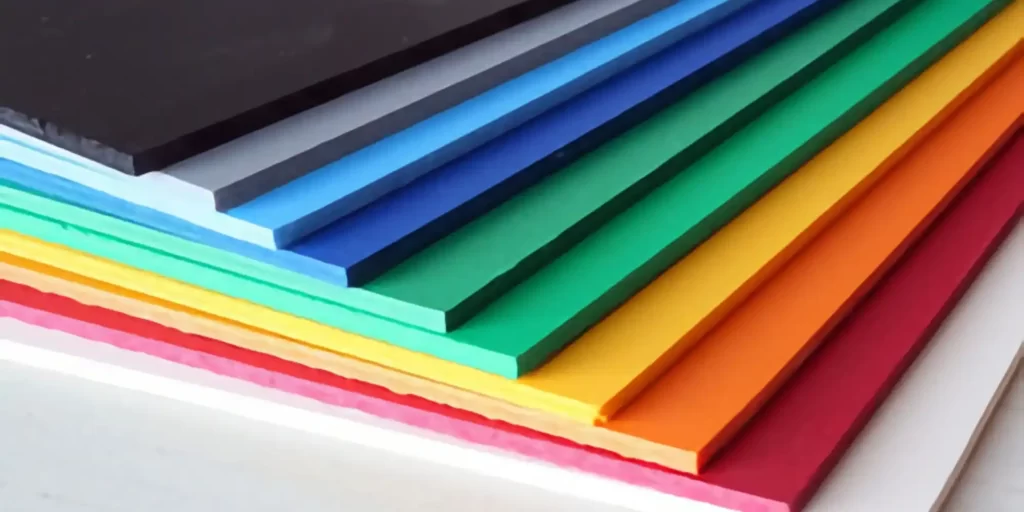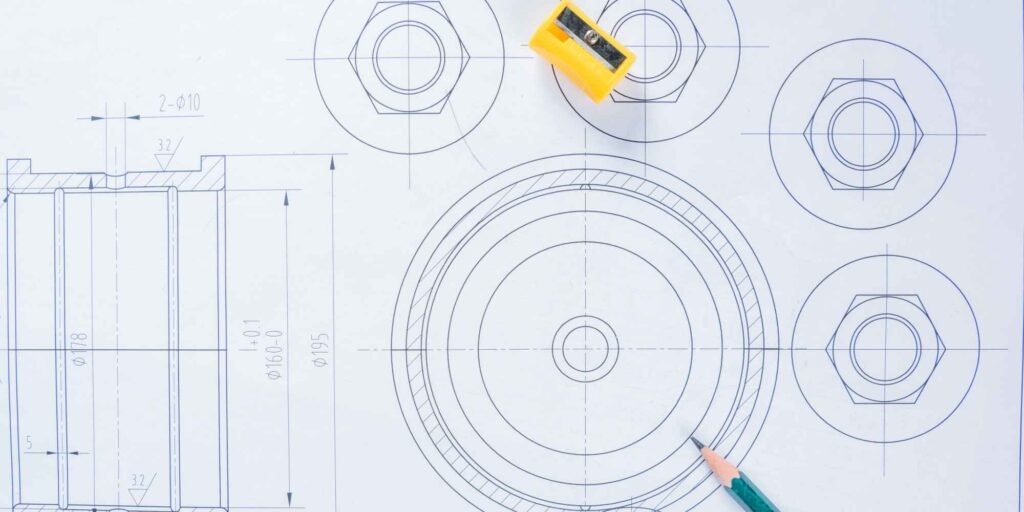Foaming materials like Ethylene Vinyl Acetate (EVA) and Thermoplastic Elastomers (TPE) are widely used in various industries due to their versatility and excellent properties. However, the processing of these materials comes with its own set of challenges. In this article, we’ll delve into the production process, the technical challenges encountered, and strategies to overcome these issues, including mold design and temperature control.
Production Process Overview
1. Material Preparation
The production process begins with the preparation of raw materials, which involves blending EVA or TPE with foaming agents, stabilizers, and other additives to achieve desired properties such as flexibility, durability, and density.
2. Molding
Once the materials are prepared, they are fed into molds where they undergo the foaming process. During molding, the material is subjected to heat and pressure, causing it to expand and take the shape of the mold cavity.
3. Cooling and Finishing
After foaming, the molded parts are cooled to set their shape and dimensions. Post-processing steps such as trimming excess material and surface finishing may also be carried out to meet quality standards.
Technical Challenges and Solutions
1. Mold Design
Challenge: Designing molds that facilitate uniform foaming and proper part consolidation can be challenging, especially for complex geometries.
Solution: Employing computer-aided design (CAD) software allows for precise mold design, including the incorporation of venting systems to facilitate gas escape during foaming.
2. Temperature Control
Challenge: Maintaining consistent temperatures throughout the molding process is crucial for achieving uniform foaming and preventing defects like shrinkage and warping.
Solution: Utilizing advanced heating and cooling systems equipped with temperature sensors and controllers ensures precise temperature regulation, optimizing foaming conditions.
3. Foaming Agent Dispersion
Challenge: Achieving homogeneous dispersion of foaming agents within the material matrix is essential for uniform foaming and avoiding density variations.
Solution: Employing high-shear mixing equipment and optimizing mixing parameters facilitate thorough dispersion of foaming agents, ensuring consistent foaming performance.
4. Foam Cell Structure
Challenge: Controlling the cell structure of the foam to achieve desired properties such as density, resilience, and thermal insulation can be challenging.
Solution: Fine-tuning processing parameters such as foaming time, pressure, and cooling rate allows for precise control over foam cell formation, optimizing material properties.
5. Environmental Considerations
Challenge: Adhering to environmental regulations and sustainability goals while processing foaming materials presents a significant challenge.
Solution: Exploring eco-friendly foaming agents and recycling methods, along with optimizing energy consumption during production, helps mitigate environmental impact.
The processing of EVA and TPE foaming materials involves overcoming various technical challenges to achieve desired product quality and performance. By addressing issues related to mold design, temperature control, foaming agent dispersion, foam cell structure, and environmental considerations, manufacturers can optimize their production processes and meet the demands of diverse applications effectively. Embracing innovation and continuous improvement is key to navigating the evolving landscape of foaming material processing.
FAQ (Frequently Asked Questions)
Q: What are EVA and TPE foaming materials?
A: EVA (Ethylene Vinyl Acetate) and TPE (Thermoplastic Elastomers) are versatile foaming materials used in various industries for their excellent properties such as flexibility, durability, and thermal insulation.
Q: What are the key challenges in processing EVA and TPE foaming materials?
A: Some key challenges include mold design complexity, temperature control for uniform foaming, dispersion of foaming agents, control of foam cell structure, and adherence to environmental regulations.
Q: How can manufacturers overcome these technical challenges?
A: Manufacturers can employ strategies such as precise mold design, advanced temperature control systems, optimized mixing techniques, fine-tuning processing parameters, and exploring eco-friendly alternatives to mitigate these challenges effectively.






